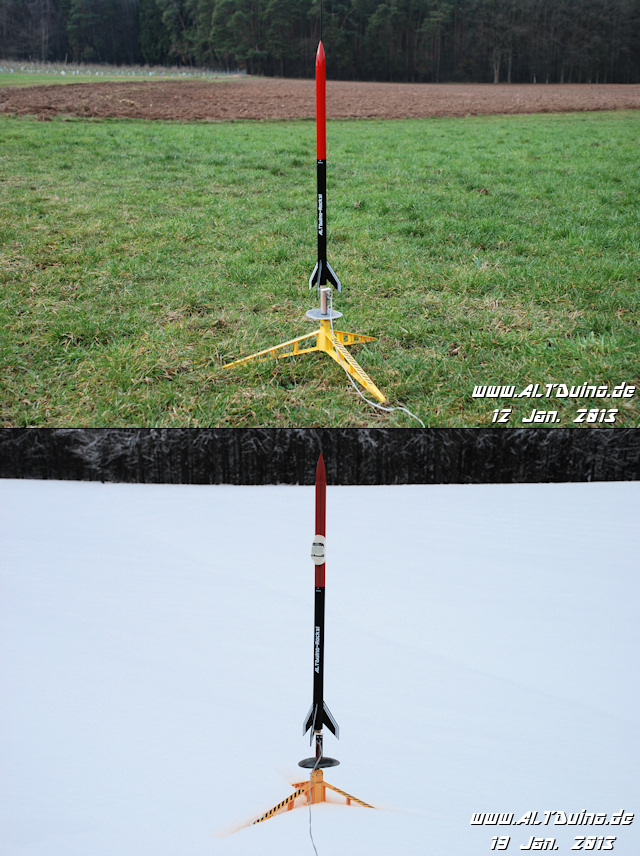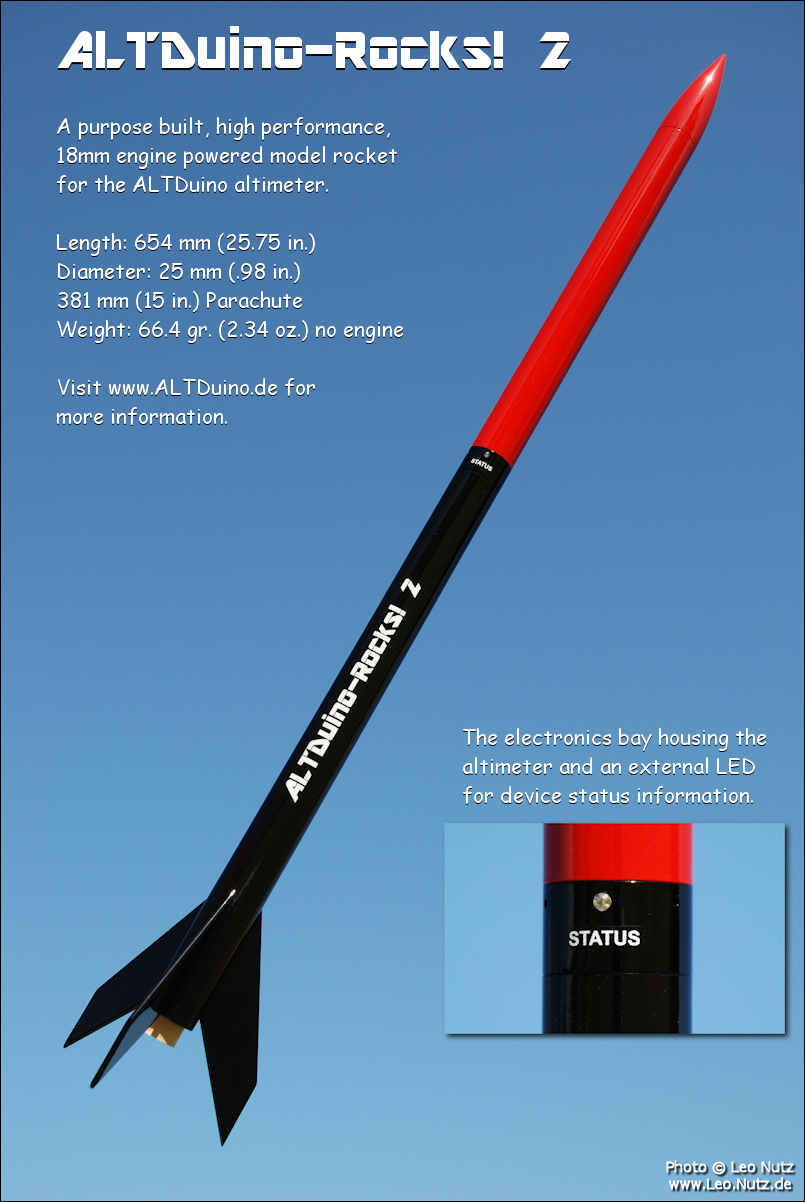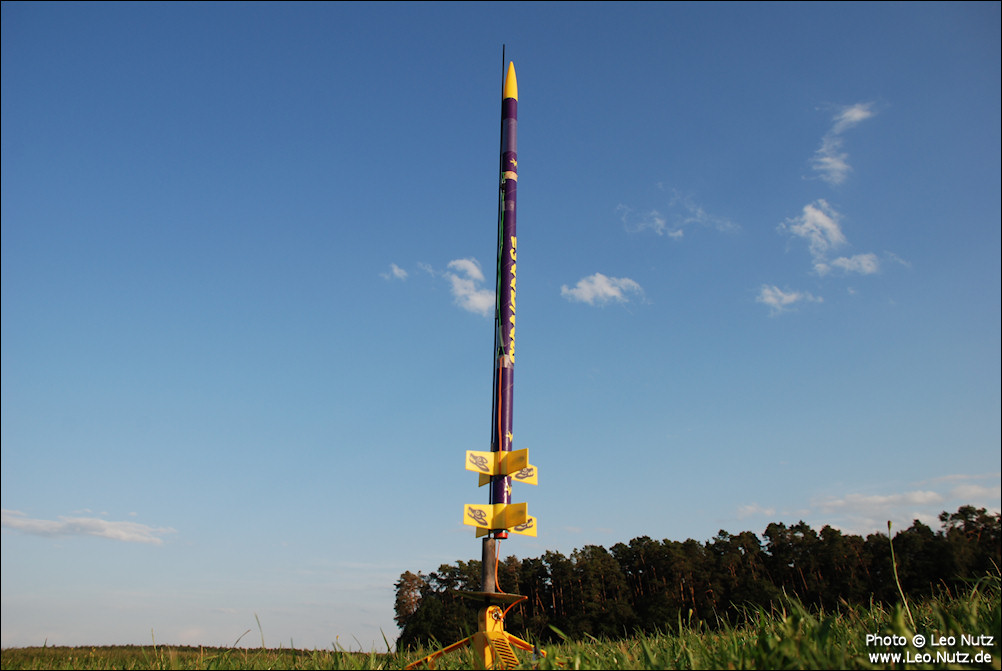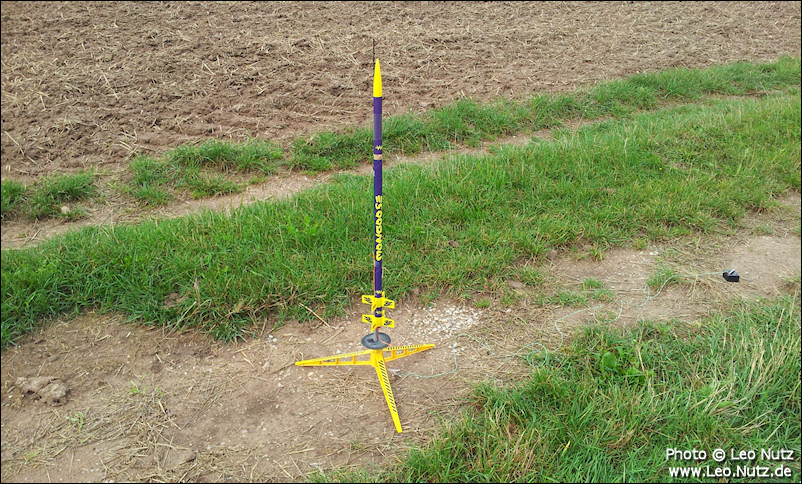Today I upped it by flying the rocket under windy and cold conditions. I also placed a camera on the rocket to make the test even more challenging. My major concern was stability with the new rocket under the bad conditions.
Look at how the weather has changed in just 7 days compared to my last launch :eyepop:

Well, my concerns were unjustified
Graph and video can be found on my ALTDuino site.
Look at how the weather has changed in just 7 days compared to my last launch :eyepop:

Well, my concerns were unjustified
Graph and video can be found on my ALTDuino site.
Last edited:













